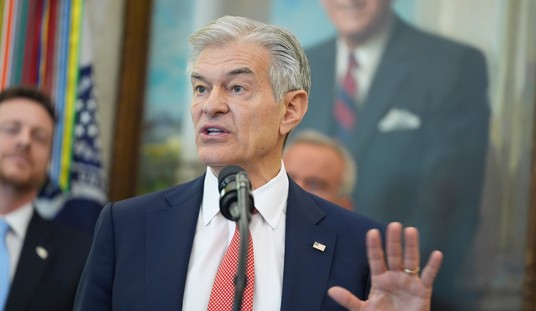Since the financial meltdown in 2008 we have shared that the key to any economic recovery would be the housing market. The key to a recovery in the housing market would be job creation maintaining and adding demand for homes.
Rising from the ashes to a modest recovery, jobs remain the key to housing. The problem is the recovery has been based upon fleeting and temporary influences and not upon solid, identifiable organic growth through natural market forces. The entire recovery has been predicated upon the massive printing of money propping up the stock, and housing markets.
The Federal Reserves quantitative easing and zero interest rate policy has benefitted Wall Street but not working families. The zero interest rate policy has drawn major Wall Street firms to invest in not only stocks with their free and fiat money, but also massively into housing. Hedge funds using their bounty from the Fed printing presses have artificially driven up prices in the Case Shiller 20 city index creating another housing price bubble.
In fact the Fitch credit ratings agency released a warning this week. Fitch has a new report blasting the “unsustainable” jump in home prices, adding that “the extreme rate of home price growth is a cause for caution.” While they note, rising prices are a positive indicator for a recovery, Fitch adds that unprecedented home price growth should be pairedwith economic health that is similarly unprecedented, the evidence forwhich is lacking in this case.
Recommended
Based on the historic relationship between home prices and a basket of econometric factors, Fitch estimates national prices to beapproximately 17% overvalued in real terms as “speculative buying, notincreasing demand” is driving the market. Between this ’speculation’ and interest rates, affordability is “strained.”
The high rate of home price growth is not considered to be sustainable. Based on the historic relationship between home pricelevels and the primary drivers of supply and demand in the market, there is a misalignment. (ZeroHedge)
Home construction remains depressed. New home construction is a primary driver of job growth, so it is not surprising that unemployment remains perpetually high.
Why haven’t we experienced a sustainable recovery? Government interference into the private sector has thrown up roadblocks to natural market forces with debt, deficits, tax increases, EPA rules, Dodd-Frank, and Obamacare.
We have learned the president’s promise that if you like your health insurance you can keep it was not true. Businesses are continuing to operate with unknown costs because we have now learned that 45% of big business and 66% of small business employer paid insurance plans do not qualify for the grandfather clause in the ACA.
Millions of families paying their own insurance premiums will be impacted. A whopping 85% are losing their policies and experiencing massive rate increases. Up to an estimated 14 million families may be impacted, outside those with employer paid insurance.
At issue is that a total of 93 to 129 million families may lose their current insurance to be replaced with higher priced ACA compliant policies. Individual policy prices are projected to increase an average of 41%. The employer paid policies 15% to 30%. Will employers pass along the cost to employees or simply drop their employee paid insurance?
This uncertainty will keep businesses from hiring. Many will continue cutting workers’ hours below 30 a week to avoid the mandate. The massive increase in premiums for individual families will have a major impact upon their budgets and consumer spending will decline, possibly precipitously, leading to additional job losses continuing the worst job market since the Great Depression, and adding to the record 90.6 million working age Americans out of the workforce.
None of this bodes well for the housing market. Without job creation demand for homes for sale will decline. It is already happening as ZeroHedge reported this week: What is perhaps most worrisome is that this is the lowest level of mortgage purchase activity for this time of year in a decade.
My advice to any prospective home seller or home buyer is to get out in front of this coming economic tsunami, and take action before the full impact of Obamacare is felt, and while interest rates remain low.
The opinions expressed here are solely those of Fritz Pfister or identified sources, and not necessarily those of RE/MAX Professionals of Springfield or RE/MAX International. Fritz Pfister hosts Your Daily Dose of Reality weekdays at 9am central at Wmay.com or AM 970 in central Illinois.
























Join the conversation as a VIP Member